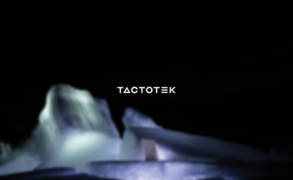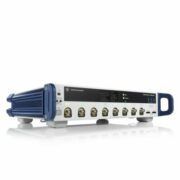The lidar technology landscape is very confusing given the high level of technology choices available. Indeed, this confusion has exhausted the decision-making ability of many organizations who spend endless hours debating which lidar technology to back. The fact that more than 100 organizations are developing different lidar technologies has further complicated the situation.
Si photonics can be used in many aspects of lidar design. In emerging FMCW lidars, Si photonics can be used in coherent receivers. Interestingly, Si photonics can be used to implement beam steering technology using optical phase array (OPA) technology, thus replacing the bulky rotating mechanical beam steering mechanism with a miniaturized true solid-state solution.
This would help miniaturize lidar modules, extend product lifetimes, and put lidars on a cost-reduction path akin to other solid-state technologies. This approach would replace many free-space optical components with chip-scale solutions and would create a fabless-foundry ecosystem akin to what is found in CMOS devices. This Si photonics technology can also greatly benefit from the advances made in the optical communication industry.
Many companies have significantly invested in Si photonics OPA lidars. The path to designing and manufacturing a high-performance automotive OPA lidar using this technology is, however, not straightforward. In this article, we outline and discuss many difficult design and manufacturing choices and highlight some of technical constraints that this beam steering technology will likely face.
This article draws from our report “Lidar 2020-2030: Technologies, Players, Markets & Forecasts”. This report reflects our deep and comprehensive analysis of the lidar technology and business landscape. We have studied all the available technology options, assessing their merits, challenges, readiness level, and constrains of performance levels. We have constructed technology roadmaps, showing how the competition between various lidar technology is likely to play out over time.
Furthermore, this report covers more than 100 entities working on lidar technology, offering investment and company formation trend analysis by technology/region, data-driven performance maps of lidar prototypes and products enabling one to ascertain performance trade-offs and constraints of various technologies, critical interview-based company profiles, and histograms quantitively demonstrating the existing or emerging popularity of each technology choice at each lidar component level. Finally, this report offers detailed price evolution projections for each technology and detailed market forecasts in unit numbers and value segmented by different ADAS and autonomous mobility functions and by different lidar technologies.










